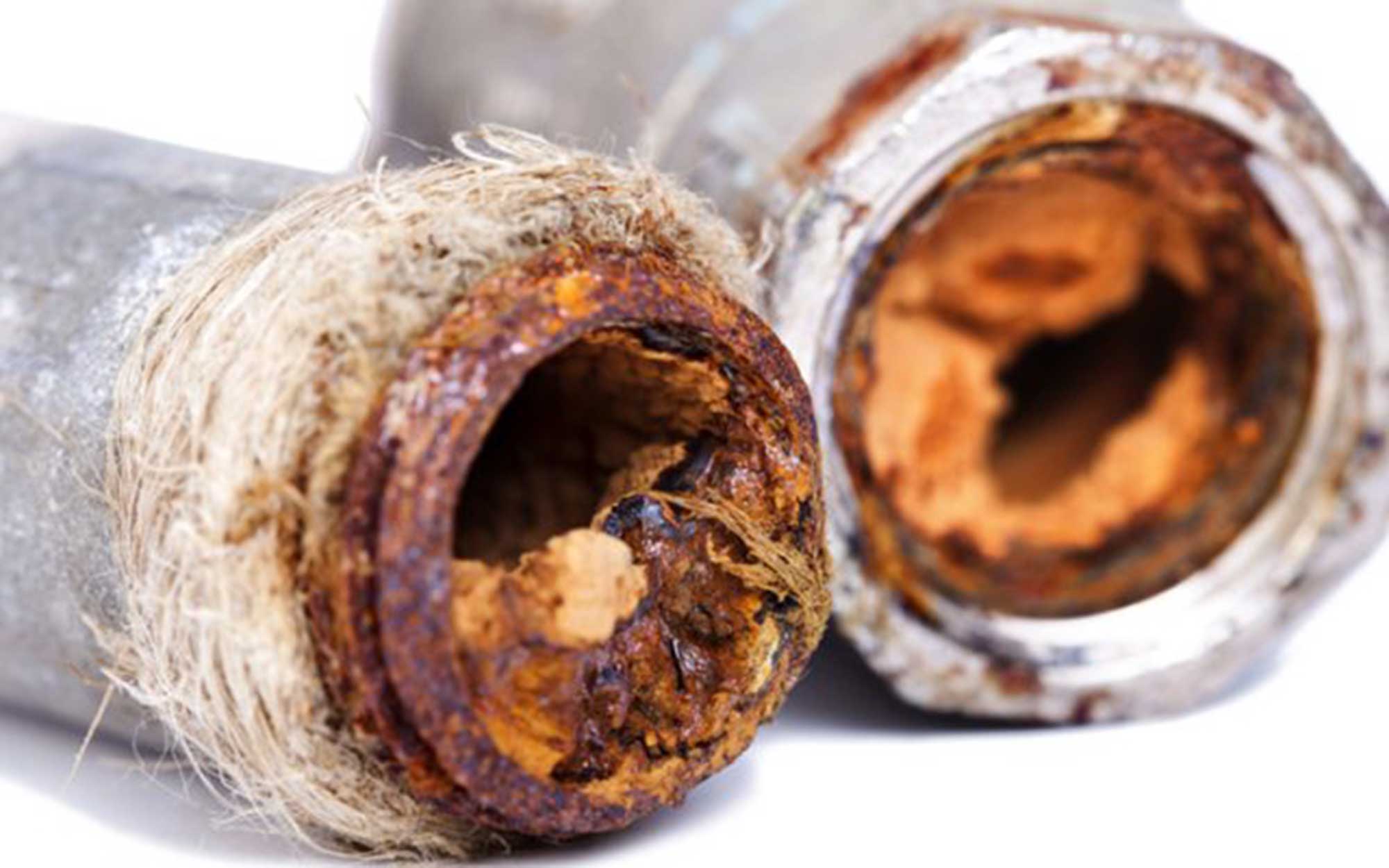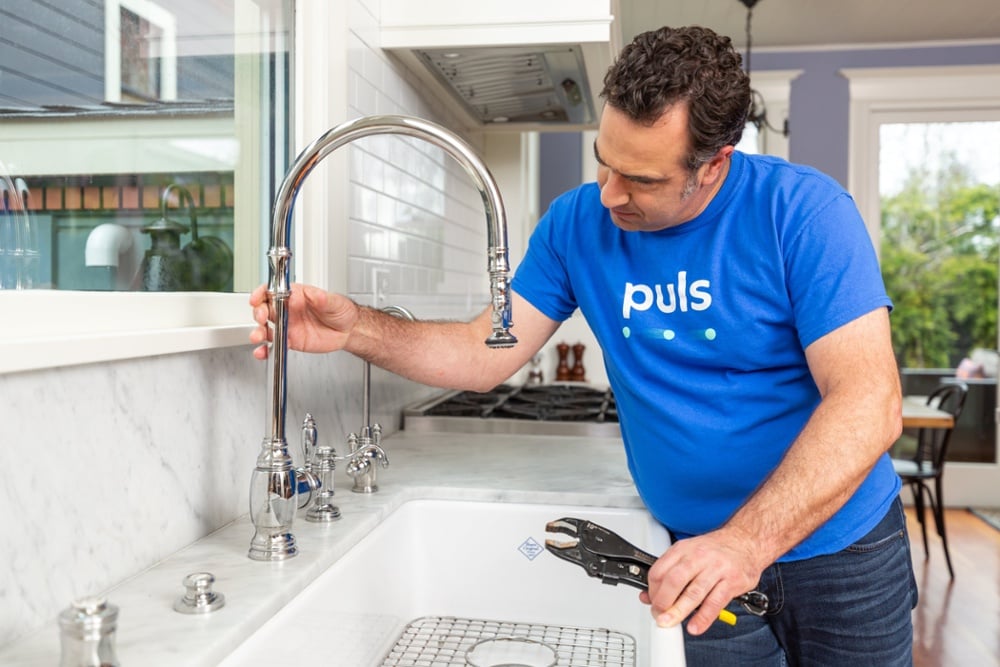Plumbing Noises You Need To Know About
Plumbing Noises You Need To Know About
Blog Article
In this article down the page you might get a lot of awesome facts on the subject of Why is My Home Making Strange Plumbing Noises.

To identify noisy plumbing, it is important to establish very first whether the unwanted sounds take place on the system's inlet side-in various other words, when water is turned on-or on the drain side. Sounds on the inlet side have actually varied causes: excessive water stress, worn valve and also tap parts, improperly attached pumps or various other appliances, improperly placed pipeline bolts, and plumbing runs containing way too many tight bends or other constraints. Sounds on the drain side generally come from poor area or, just like some inlet side noise, a format consisting of tight bends.
Hissing
Hissing sound that happens when a faucet is opened a little typically signals excessive water stress. Consult your regional public utility if you presume this problem; it will certainly be able to inform you the water stress in your area and also can install a pressurereducing shutoff on the incoming water supply pipe if necessary.
Thudding
Thudding sound, frequently accompanied by trembling pipes, when a tap or device valve is turned off is a problem called water hammer. The noise and also vibration are caused by the resounding wave of stress in the water, which unexpectedly has no location to go. Sometimes opening a valve that releases water rapidly right into an area of piping containing a constraint, elbow, or tee installation can create the very same condition.
Water hammer can usually be treated by mounting fittings called air chambers or shock absorbers in the plumbing to which the trouble valves or taps are attached. These devices permit the shock wave created by the halted flow of water to dissipate airborne they include, which (unlike water) is compressible.
Older plumbing systems might have brief upright sections of capped pipeline behind walls on tap runs for the very same function; these can at some point full of water, lowering or ruining their performance. The cure is to drain the water supply entirely by shutting off the primary water valve as well as opening up all taps. Then open the major supply shutoff and close the taps individually, starting with the faucet nearest the shutoff and also ending with the one farthest away.
Chattering or Shrieking
Extreme chattering or screeching that occurs when a valve or tap is activated, and that typically vanishes when the installation is opened totally, signals loose or defective interior components. The remedy is to change the shutoff or tap with a new one.
Pumps as well as devices such as cleaning devices as well as dish washers can transfer motor sound to pipelines if they are improperly linked. Connect such things to plumbing with plastic or rubber hoses-never rigid pipe-to isolate them.
Other Inlet Side Noises
Creaking, squealing, damaging, snapping, and touching generally are brought on by the expansion or contraction of pipelines, normally copper ones providing hot water. The sounds happen as the pipelines slide against loose bolts or strike neighboring residence framework. You can frequently identify the place of the trouble if the pipelines are revealed; just follow the sound when the pipes are making noise. Probably you will certainly uncover a loosened pipeline wall mount or an area where pipes lie so close to floor joists or other framing pieces that they clatter against them. Connecting foam pipeline insulation around the pipelines at the point of get in touch with must treat the trouble. Make certain bands as well as wall mounts are safe as well as supply appropriate assistance. Where possible, pipeline fasteners need to be connected to huge architectural aspects such as foundation wall surfaces instead of to mounting; doing so reduces the transmission of resonances from plumbing to surfaces that can amplify as well as transfer them. If connecting fasteners to framework is unavoidable, cover pipes with insulation or various other resilient product where they get in touch with bolts, and also sandwich the ends of new fasteners in between rubber washing machines when installing them.
Dealing with plumbing runs that experience flow-restricting tight or many bends is a last option that should be taken on only after getting in touch with a competent plumbing service provider. Sadly, this circumstance is fairly usual in older houses that might not have been constructed with indoor plumbing or that have actually seen several remodels, specifically by amateurs.
Drain Noise
On the drainpipe side of plumbing, the chief goals are to remove surfaces that can be struck by dropping or rushing water and also to insulate pipelines to contain inevitable sounds.
In new building and construction, bathtubs, shower stalls, bathrooms, and wallmounted sinks as well as containers should be set on or versus resilient underlayments to decrease the transmission of audio through them. Water-saving bathrooms and faucets are much less noisy than traditional versions; install them rather than older kinds even if codes in your area still permit making use of older fixtures.
Drains that do not run up and down to the basement or that branch into straight pipe runs supported at flooring joists or various other framing existing specifically troublesome noise issues. Such pipelines are large enough to emit substantial vibration; they likewise lug significant amounts of water, which makes the scenario worse. In new building, define cast-iron dirt pipes (the large pipelines that drain pipes commodes) if you can afford them. Their massiveness consists of a lot of the sound made by water passing through them. Likewise, prevent directing drains in wall surfaces shared with bed rooms and also rooms where people collect. Wall surfaces containing drainpipes need to be soundproofed as was described earlier, utilizing dual panels of sound-insulating fiberboard and wallboard. Pipelines themselves can be covered with unique fiberglass insulation made for the function; such pipelines have a resistant vinyl skin (in some cases consisting of lead). Outcomes are not constantly acceptable.
Why Are My Pipes Making Noise?
Now that you know how your home’s plumbing works, what’s causing your pipes to make such a fuss? Common pipe noises include loud banding, gurgling sounds and whistling noises. You may also hear your pipes humming or squeaking.
Though the sound may seem serious, some noises are an indication of minor plumbing issues that need some simple tweaking to correct. However, even minor issues should be corrected as soon as possible to prevent more serious problems from developing. The four most common causes of pipes making noise when water is turned on, toilets are flushed, and water is drained include pressure issues, the air in pipes, clogs or obstructions, and loose components.
High Water Pressure
Humming or vibrating sounds are common symptoms of high water pressure. The pressure of your home’s incoming cold water supply is kept consistent through the use of a water pressure regulator. Also called a pressure-reducing valve (PRV), this device reduces the pressure of the incoming supply, which may be as high as 100 to 200 PSI (pounds per square inch), depending on where you live. Ideally, incoming pressure should be about 50 PSI to prevent pipes from making noise and experiencing unnecessary strain.
If your pressure seems inconsistent or higher than is comfortable, locate your main water valve and check to see if there is another device on the other side of this. If you notice that the water pressure coming from your hot water pipe seems to be too strong, adjust your water heater.
Water Hammer
The sound of banging can often be explained by a phenomenon known as a water hammer. If you have high pressure, this effect may be even more pronounced. When you turn a tap on full, water rushes through your pipes at high speed. Unless you turn your taps off slowly and gradually, which most people don't, the flow will be cut off abruptly as soon as you stop the water supply. Water then slams against the shut-off valve, causing a loud bang.
To prevent this from happening, you'll first want to install a PRV to reduce high pressure, as stated above. If you're still experiencing water hammer after this, you may want to install water hammer arrestors. This device is equipped with a spring-loaded shock absorber, which mitigates the force of the water and stops your pipes from making noise. No longer will they drive you insane when your partner gets up to use the washroom in the middle of the night!
Air Bubbles
Another common cause of banging, as well as humming or bubbling, is the presence of air bubbles and pockets (or a lack thereof) in your pipes. Any banging noises are likely still the result of a hammer, but if your pressure is fine, you may have water in your air chambers. These chambers are vertical pipes that are located behind your walls near the shut-off valves of your fixtures. Normally, these air-filled pipes apply pressure on the water in the supply line below and prevent hammers from occurring. Over time, they can become filled with water and no longer hold enough air to absorb the force.
To fix noisy pipes caused by filled air chambers, you’ll want to find your main water supply valve and turn it off. Then, turn on all of your taps. Any remaining liquid in your pipes—and air chambers—will be emptied, leaving nothing but air in your plumbing system. Now that your air chambers have been reset, you can turn your water supply back on to refill your plumbing system.
Clogged Pipes
Thus far, we’ve discussed noisy pipes caused by incoming water—but what about sounds that occur when draining? The most common noise you’ll hear when there’s an issue with your pipes is a sucking or gurgling noise. These are classically the result of a clogged pipe.
Loose Components
Noisy pipes in the form of rattling, whistling or squealing are often a result of loose fasteners and hardware, such as a loose washer. Excessive wear may result in worn washers and loose pipes. As water flows through these, they move and come in contact with components around them. The sound of these two materials moving against each other results in not just your pipes making noise, but your plumbing fixtures as well.
Copper pipes can also make whistling and squealing sounds, as this malleable metal tends to expand with heat and contract with cold. When hot water flows through them, they may move against drywall or wooden joists between your walls. To prevent this, professional plumbers tend to pad them with insulation. If you’re experiencing this issue and don’t want to have to tear out your walls to insulate your pipes, you can try lowering the temperature on your hot water heater slightly. The difference of a few degrees may be all you need to prevent your noisy pipes from expanding too much.

Do you enjoy reading up on Why Do My Plumbing Pipes Make A Knocking Noise? Put a remark down the page. We will be pleased to know your thinking about this blog post. We hope that you come back again later on. If you please set aside a second to share this content if you liked it. Bless you for your time. Please pay a visit to our blog back soon.
View More Report this page